In the 1980 film The Gods Must Be Crazy, a Bushman of the Kalahari Desert named Xi, isolated from the rest of the world, comes across an empty Coca-Cola bottle and believes it to be a present from the gods. Taking it back to his tribe, the bottle soon becomes the source of envy and anger, wreaking havoc upon the community, and Xi resolves to travel to the end of the world and throw the bottle into the abyss.
Perhaps the most iconic object that exemplifies capitalist society, the hobble-skirt bottle can be found in over 200 countries and is believed to be recognisable to 95% of the world’s population. And this year, it turns 100.
Though the hobble-skirt bottle remains synonymous with the brand, throughout its history the Coca-Cola Company has marketed it in a variety of different guises. We take a look at how the world’s favourite soda has reflected the spirit of that times.
Early Years
Coca-Cola was invented by John Pemberton in 1886, dispensed in his pharmacy under the name ‘Coca-Kola’. Touted as a cure for both impotence and opium addiction, customers began drinking the soda in huge numbers out of any container near to hand. This was innovative to an extent, a great riposte to European café culture. Whereas on the Champs-Élysées and La Rambla people sat down to drink cappuccinos with two hands, Coca-Cola could be enjoyed with one while on-the-go; perhaps the very first ‘fast food’.
The Hobble-Skirt Bottle
As copy-cats like ‘Yum Yum’ and ‘Koke’ began to emerge, the Coca-Cola Company start forging a brand identity. In 1915, they set out to design ‘a bottle which a person could recognise even if they felt it in the dark.’ Earl R. Dean of the Root Glass Company came up with the ’hobble-skirt’ design, aping the contours of the cocoa pod. The broad middle of the bottle was slimmed down to ensure stability, and an icon was born. Always more a work of art than a piece of manufacturing, since then fashion designers such as Versace and Karl Lagerfeld have created limited edition bottles.
All Through The House
In 1923, Coca-Cola began producing six packs so to promote Coke as a drink to share with the family, as opposed one for those on-the-go. This drive saw the transformation from glamorous women with names like ‘Elaine’ and ‘Constance’ on advertisements to more family-oriented figures such as Santa Claus. In fact, it was Coca-Cola who created our modern conception of Santa, rosy-cheeked and dressed in crimson. At the same time, Coca-Cola marketers touted it as a drink for the whole year, since ‘Thirst Knows No Season.’
Going Green
Instead of jumping on the green bandwagon as society collectively became more ecologically aware, Coca-Cola set their sights on those in the greatest peril from global warming, and hitched them onto the Coke-red bus. In 1993, the company released their commercial ‘Northern Lights’, in which a group of content and – here’s the crux – evidently not extinct polar bears settled down together on a large expanse of ice to enjoy bottles of Coca-Cola. Today it’s widely regarded as one of the most iconic commercials ever made.
Share A Coke
In 1971, Coca-Cola released the ‘I’d Like to Buy the World a Coke’ commercial, marking a shift from promoting Coke as a family drink to a social one for friends to share. A generation later, Coca-Cola South Pacific launched ‘Share a Coke’, placing 150 of the most popular teenage names in Australia onto the bottles and cans, hoping to connect with the country’s youth. Playful and audacious, ‘Share a Coke’ was a huge success with 250 million named bottles bought by a population of under 23 million people. Over 100 years old and beginning to be conceived as predictable and over-familiar, ‘Share a Coke’ was daring and represented the idea of a big global corporation levelling with consumers, compressing the distance between individuals and brands.
A Brave New World
Today, in alignment with their new campaign ‘open happiness’, Coca-Cola hope to not only promote satisfaction, but to provoke it, too. Combatting an increasingly sceptical public and declining sales, however, Coca-Cola need more than a slick line and smiling bears to attract the new generation, and have therefore announced an expansion to their social programmes.
Article by Bertie Alexander

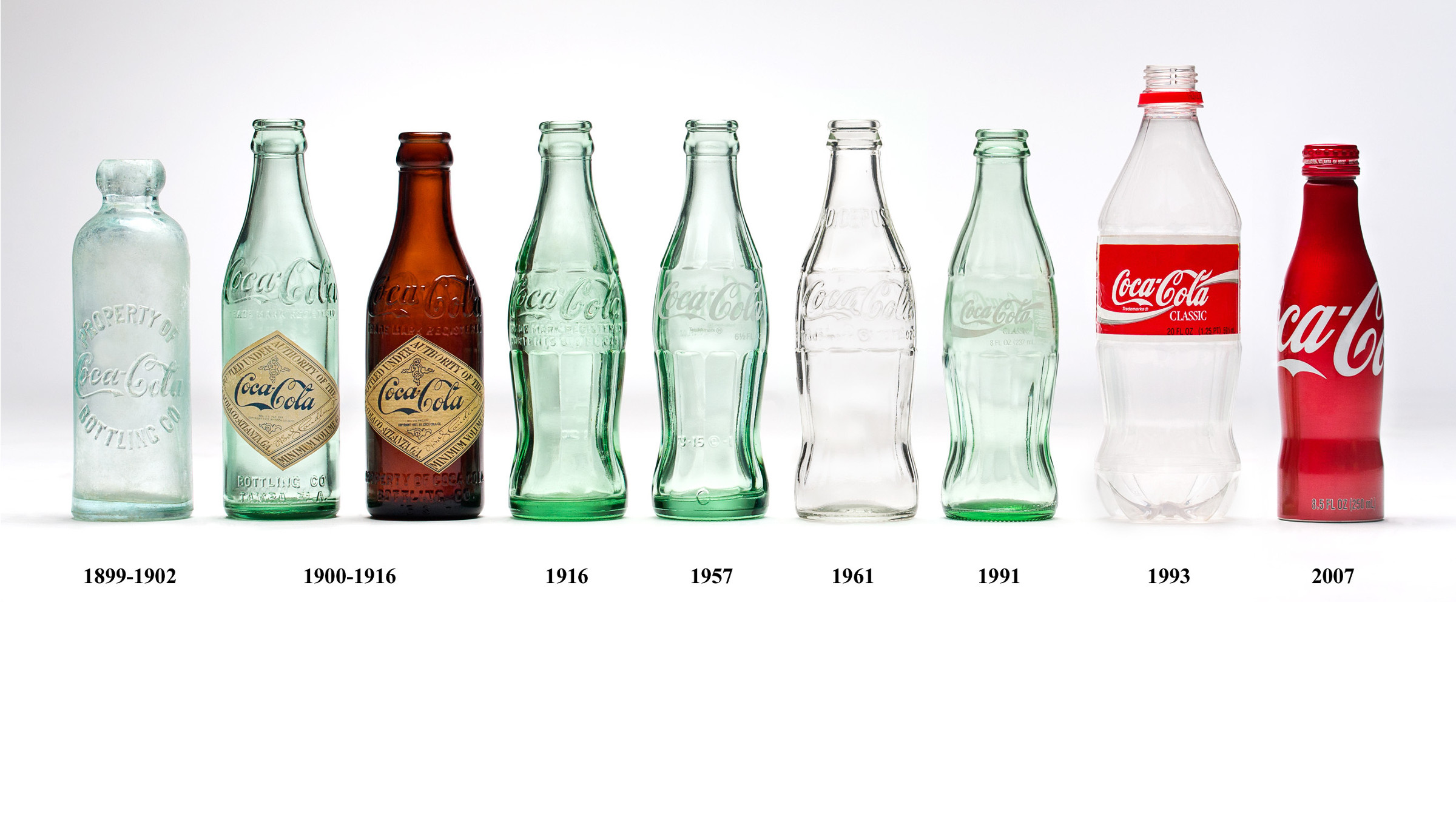
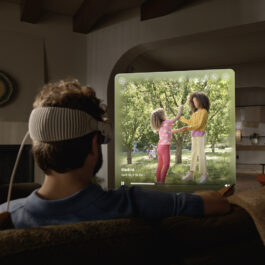
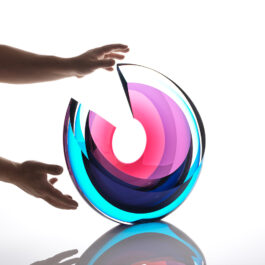
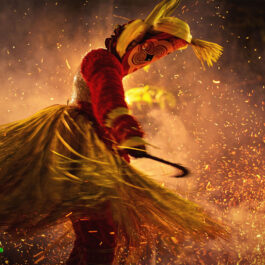



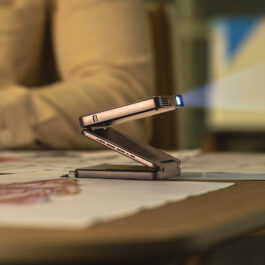





Sorry, the comment form is closed at this time.